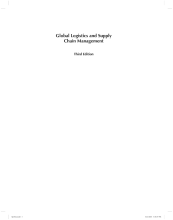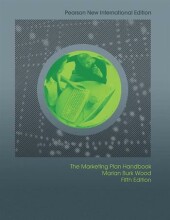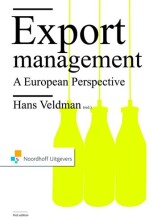Summary: Economics | 9781787260948 | Karl E Case Ray C Fair, et al
- This + 400k other summaries
- A unique study and practice tool
- Never study anything twice again
- Get the grades you hope for
- 100% sure, 100% understanding
Read the summary and the most important questions on Economics | 9781787260948 | Karl E. Case Ray C. Fair and Sharon M. Oster
-
1 The scope and methods of economics
This is a preview. There are 3 more flashcards available for chapter 1
Show more cards here -
What is an opportunity cost?
The value of other things you could have done with that same amount of money and time you spend on another activity. (E.G. Going to a movie) -
What is 'efficient markets' or 'no free lunch'?
A market in which profit opportunities are eliminated almost instantaneously. -
2 The economic problem: Scarcity and choice
This is a preview. There are 2 more flashcards available for chapter 2
Show more cards here -
What are the 3 main questions to be asked in the economic problem?
-What needs to get produced?
- How will it be produced?
- To whom is it distributed? -
What is the difference between an absolute and a comparative advantage?
- A producer has an absolute advantage if he can produce a good or service using fewer resources than the rest. (lower absolute cost/unit)
- A producer has a comparative advantage if he can produce its product at a lower opportunity cost than others. -
3 Demand, supply and market equillibrium
This is a preview. There are 4 more flashcards available for chapter 3
Show more cards here -
What factors affect what you buy and how much you buy from it?
- Price of the product
- Income available
- Amount of accumulated wealth
- Prices of other products (substitutes & complementary goods)
- Tastes and preferences
- Expectations about future income, wealth & prices
Quantity demanded= The amount of a product that a household would buy in a given period if it could buy all it wanted at the current market price(<-> availability) -
What is the law of demand?
The negative realtionship between price and quantity demanded. -
What are normal and inferior goods?
- Demand of a product goes up when income goes up.
- Demand for products fall when income rises. -
What factors affect the output supply decision?
- Cost of producing the product (input & technology)
- Prices of the product
- Prices of related products
- Time / capacity (short run vs long run)
Quantity supplied= The amount of a product that firms would be willing and able to offer for sale at a particular price during a given time period. -
When does a shift of a supply curve occur?
Changes in:
-Price of required input (labour, capital, land)
-Technologies
-Prices of related products -
What is market equillibrium?
The condition that exists when quantity supplied and quantity demanded are equal. There is no tendency for price change.
- Higher grades + faster learning
- Never study anything twice
- 100% sure, 100% understanding
































